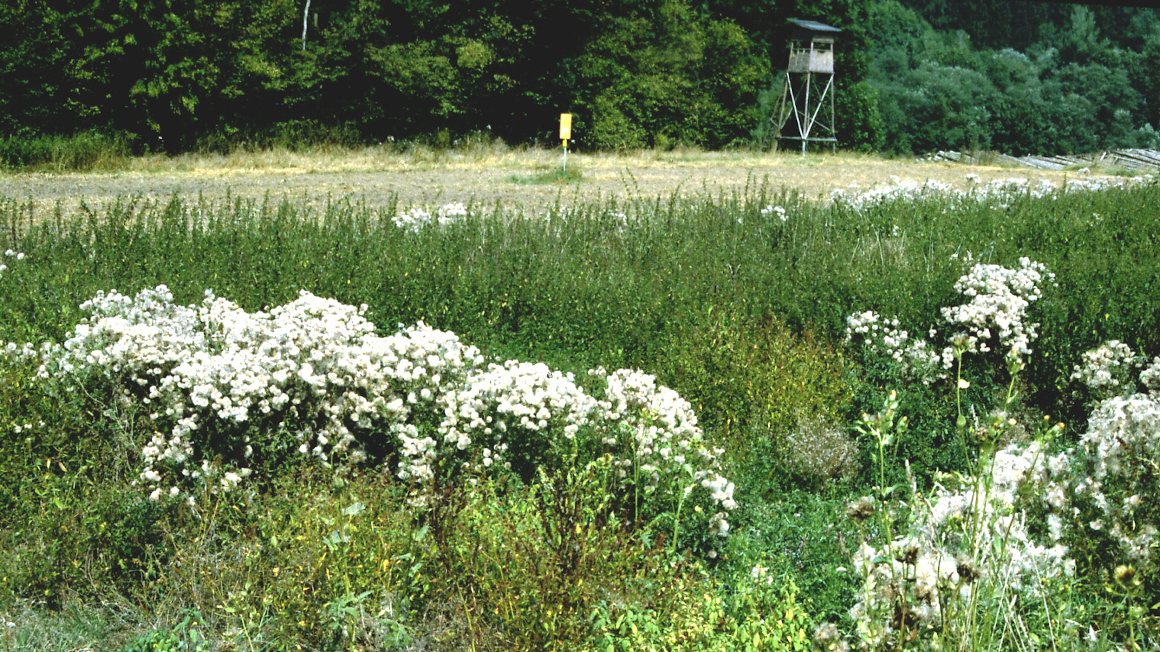Diversity turns soils into carbon sinks
An international research team was able to prove that on grassland it is not the quantity of plant biomass but its diversity that is decisive for carbon storage in the soil.

Meadows and pastures are important carbon sinks. The soils of so-called grasslands absorb a third of the world's carbon stock. Until now, researchers have assumed that carbon storage depends on the amount of plants growing on the soil. A recent study now disproves this assumption. In it, an international research team with the participation of Leuphana University Lüneburg examined the connection between the plant diversity of grasslands and carbon sequestration in soils in more detail.
Composition of the vegetation is key
The researchers analyzed data from 84 grasslands on a total of six continents – including Germany. Sylvia Haider, an ecologist from Lüneburg, examined a grassland area in Bad Lauchstädt near Halle (Saale) and contributed her findings to the study. As the team reports in the journal Nature Communications, the chemical composition of the vegetation – i.e. the quality of the organic matter – determines the carbon content in the soil and not the quantity of plants.
Species-rich biomass decomposes more slowly
The researchers were able to prove that plant biomass decomposes more slowly in species-rich environments after dying in the soil, meaning that more carbon is sequestered in the soil. According to the study, this phenomenon was particularly pronounced in dry and hot climate zones. On species-poor grassland, plant biomass apparently decomposes faster, meaning that less carbon is stored. The results of the study indicate that a loss of plant diversity also reduces the carbon stock in the soil.
bb


